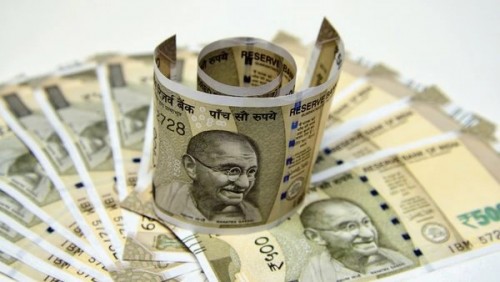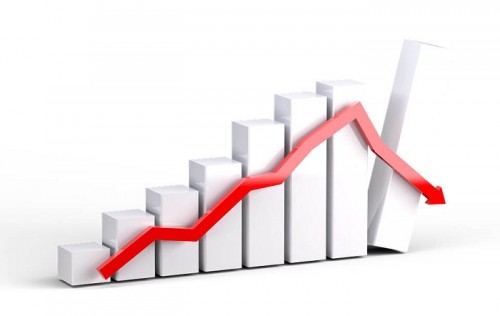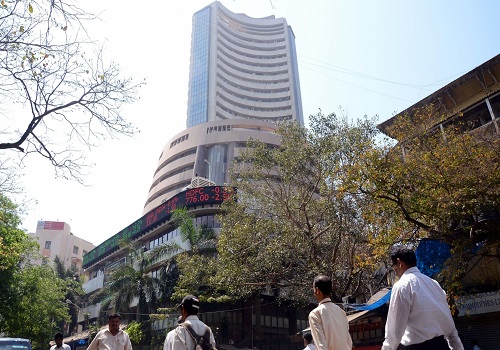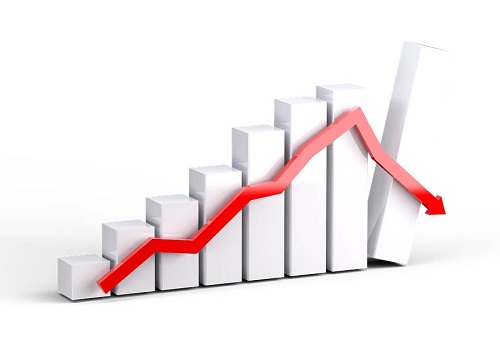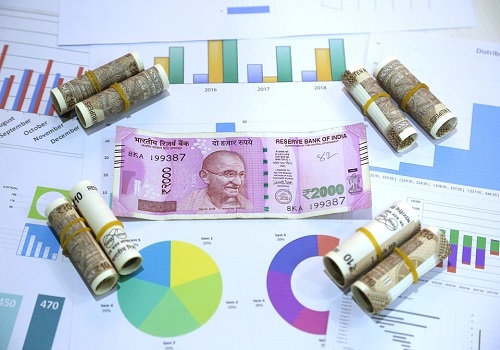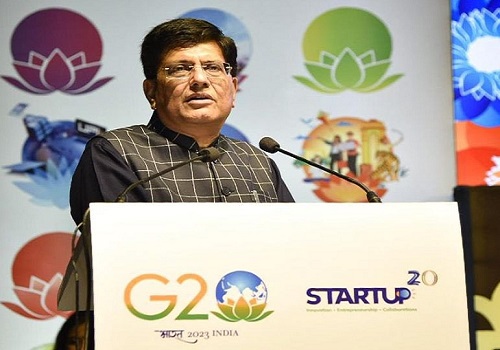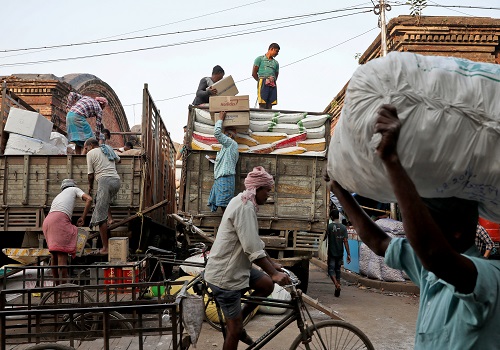Indian economy likely to grow by 7.8% in 2022-23: Crisil
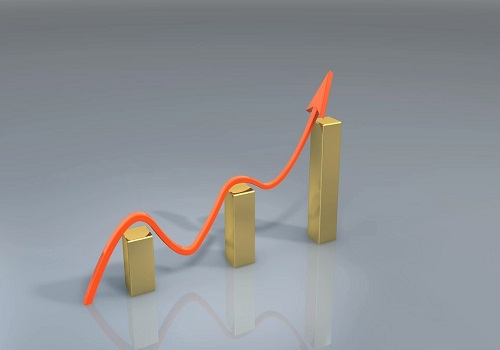
Follow us Now on Telegram ! Get daily 10 - 12 important updates on Business, Finance and Investment. Join our Telegram Channel
Rating agency Crisil in its latest report ‘India Outlook, Fiscal 2023′ has said that Indian economy is likely to grow by 7.8 per cent in 2022-23, mainly driven by the government’s drive to push infrastructure spending and likely increase in private capital expenditure. Though, it also cautioned that the ongoing Russia Ukraine war and rising commodity prices do pose a downside risk to the growth. The country is expected to register a growth rate of 8.9 per cent in the current fiscal ending March 31. It said ‘any potential upside due to the early end of a mild third wave of COVID-19 infections will be offset by the ongoing geopolitical strife stemming from Russia’s invasion of Ukraine, which is creating a dampening effect on global growth and pushing up oil and commodity prices. The risks to growth are also tilted to the downside’.
Crisil Chief Economist Dharmakirti Joshi said private consumption remains the weak link, owing to reduced direct fiscal policy support. As for the average Consumer Price Index (CPI)-based inflation, he said, it will stay firm at 5.4 per cent next fiscal - if the price of crude oil averages $85-90/barrel - and takes into account the excise duty cuts announced last year. However, upside risks will build if the geopolitical strife prolongs, keeping oil and commodity prices higher for longer. He said ‘we believe the fiscal policy will need to be deployed more aggressively than envisaged in the Union Budget for next fiscal. This can be done by increasing allocation for employment-generating schemes and food subsidy, and cutting duty on petroleum products’. He noted that this can be a relief bridge for those most affected by the pandemic till such time the virtuous cycle of investment-led growth plays out in the labour market, and private consumption demand becomes self-sustaining.
As per the report, the higher price of crude oil will widen India’s current account deficit to 2.2 per cent in fiscal 2023, it added that typically, a $10 increase in the price of crude oil raises the current account deficit to GDP ratio by about 40 basis points. It also stated the near-term impact of high oil prices on inflation, assuming a significant passthrough, will be more pronounced than on growth, and added that all bets are off if oil stays around or above $100/barrel for a prolonged period. The report said ‘across consumption segments, recovery curves have been staggered and income sentiment will be the key driver. As things stand, we expect India Inc to see revenue growth of 10-14 per cent next fiscal’. It said India’s investment focus is now shifting towards green capital expenditure, with an expected spend of over Rs 2.85 lakh crore per annum over fiscals 2023 to 2030, accounting for nearly 15-20 per cent of total investments - into the infrastructure and industrial sectors - per annum. It noted that this will further help push a supply-driven recovery for the economy as a whole.













